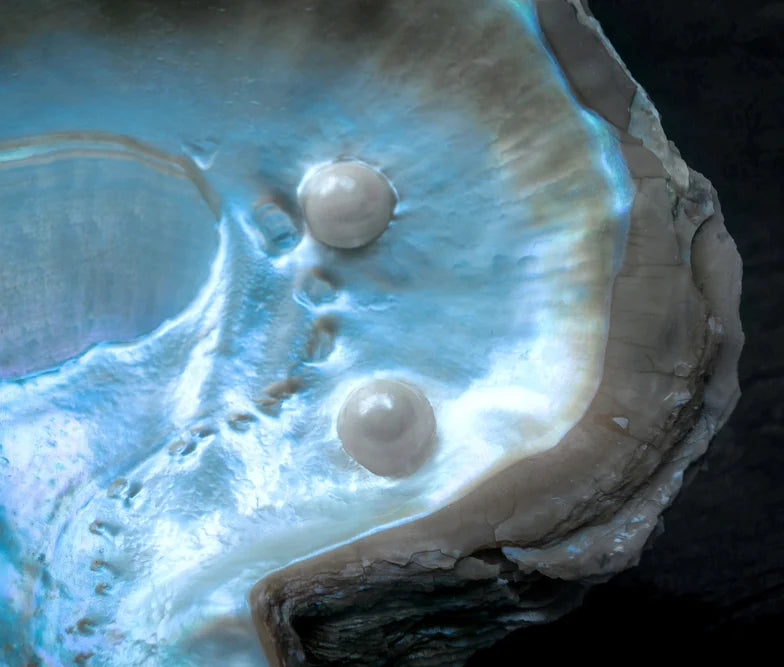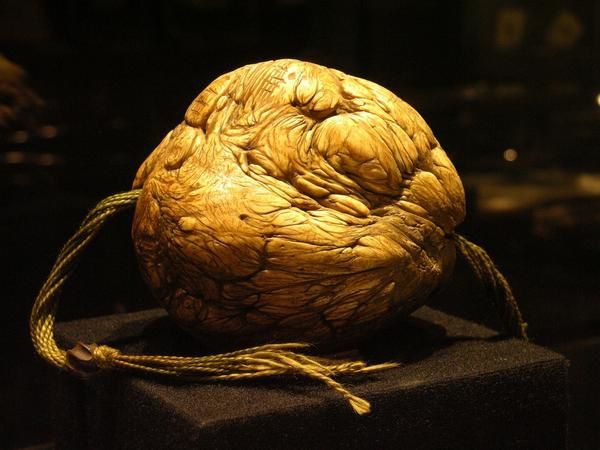
THE FORMATION OF PEARLS
FORMATION OF PEARLS IN OYSTERS
The creation of pearls remains shrouded in mystery. However, it is known that their formation results either from a displacement of cells responsible for the production of the shell in the case of free pearls, or from the presence of an intrusive element when the pearl is attached to the shell.
PARASITIC INVASIONS
The main cause of this cellular displacement appears to be a parasitic invasion. This phenomenon triggers a natural response in the mollusk, which mobilizes nacre-producing cells to defend itself against a possible infection. It is this protective reaction that gives rise to free pearls.
THE ROLE OF PEARL ROTATION
Once formed, the pearl represents a foreign body that is bothersome to the mollusk. In order to better tolerate its presence, the animal rotates it, thus helping to give it its rounded shape. Furthermore, the pearl has no value to the mollusk, which only seeks to evacuate it to the outside.
THE ORIGIN OF PEARL DEFECTS
The imperfections visible on the surface of pearls, on the other hand, are caused by a kind of ulcer present in the pearl sac. Despite the relatively simple biological explanation behind their formation, this does not detract from the beauty or prestige of these natural gems.
THE BEZOAR: AN INTERESTING SIMILARITIES

The pearl shares similarities with the bezoar, an aggregate of fibers formed in the stomachs of ruminants. The latter, prized in the Middle Ages and the Renaissance, was often mounted on gold supports and preserved in cabinets of curiosities. The spherical shape of the bezoar results from the continuous movements of the viscera during its formation.
Despite its very concrete origin linked to digestive processes, the bezoar has long been surrounded by mystery. It was used as an antidote to poisons and was even associated with the alchemical quest for the philosopher's stone.
A PERSIAN ALLEGORY: THE BUSTÂN OR THE ORCHARD
A drop of rain, falling from the clouds, felt insignificant compared to the vastness of the ocean. "What am I compared to this infinite sea?" she thought, aware of her smallness.
Because of her humility, she was picked up by a shell and transformed, thanks to Providence, into a precious pearl. This pearl, which became a symbol of greatness, ended up adorning the diadem of kings.
This Persian allegory by the poet Saadi, from Boustan ( The Orchard ), reminds us that humility leads to greatness. The poem was translated into French by Charles-Adrien-Casimir Barbier de Meynard in 1879.
